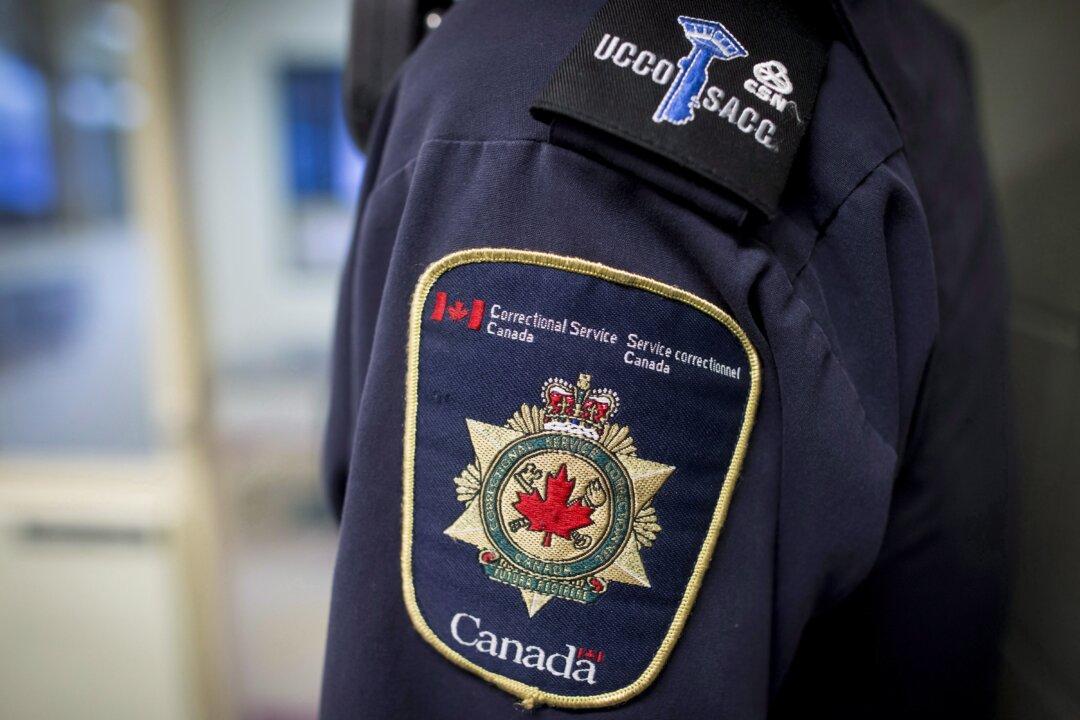Incarcerated women are far more likely than men to have experienced sexual abuse in their lives, and having male-bodied inmates share their private space is retraumatizing, says a report published this week by the MacDonald Laurier Institute.
In Canada, men who don’t genuinely identify as women can also say they do, says April Kitzul, a long-time parole and correctional officer. They can thus take advantage of easier conditions in women’s prisons, and they can get “access to their victim pool,” she said in a commentary published with the report.





